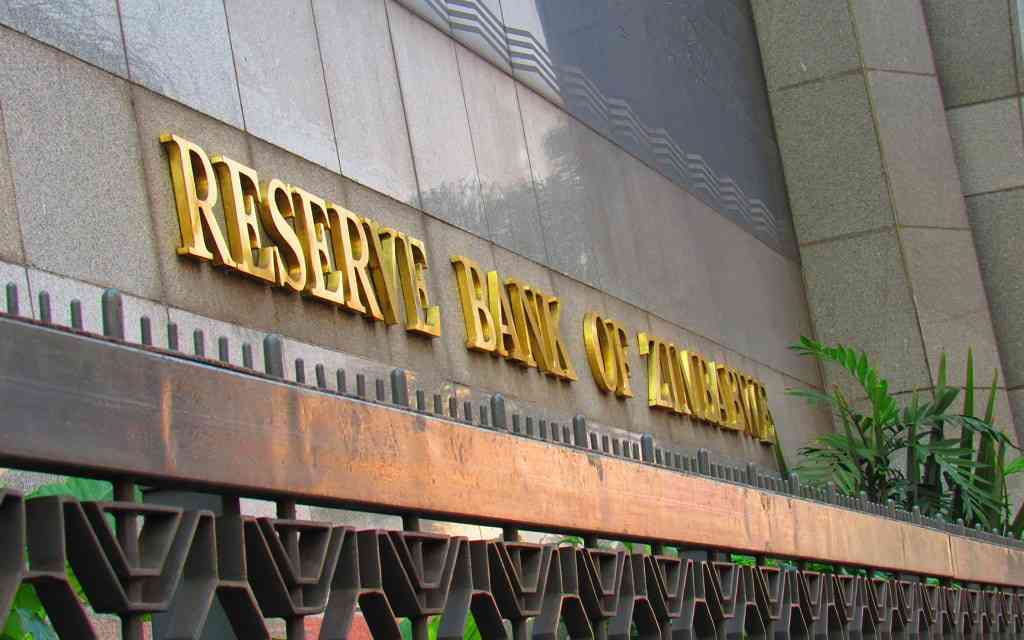
The Reserve Bank of Zimbabwe (RBZ) has reduced the forex retention threshold for exporters to 70% from 75% to guarantee continued stability in the interbank foreign exchange market by augmenting the supply of foreign currency.
It said the move was also meant to build critical foreign currency reserves needed to anchor the local currency, Zimbabwe Gold (ZiG).
The ZiG, the country’s sixth attempt at establishing a stable local currency in over a decade, has huffed and puffed since its debut in April last year.
The ZiG has lost about half of its value since April last year which may have jolted monetary authorities into action to build sufficient reserves.
RBZ has been accumulating reserves with central bank chief John Mushayavanhu disclosing that gold reserves jumped to 2,7 tonnes from 1,5 tonnes.
According to RBZ, total reserves covering the ZiG have peaked to US$548 million from US$276 million at the launch of the currency.
However, this growth in reserves is coming at a cost for exporters who have been pushing to access more of their proceeds to meet their obligations.
Experts say the export proceeds retention is tantamount to taxing exporters who bring in the foreign currency that oils the economy.
- RBZ blocks Harare US dollar charges
- Industry cries foul over new export surrender requirements
- One stitch in time saves nine
- Banks keep NPLs in safe territory
Keep Reading
That government decides to retain more foreign currency from the proceeds of exporters shows the depth of the problems bedevilling the economy.
It's tantamount to taking shortcuts to results, damn the consequences.
When government wants to raise more revenue, it introduces more taxes for the same constituency.
Critics of the retention threshold, such as the World Bank, say the system erodes exporters’ competitiveness.
“While the imposition of a 25% forex retention policy has helped to distribute foreign currency to strategic non-generators of foreign currency and sustain the dual currency environment, it acts as a tax on the tradable sector,” the global lender said in its latest report on Zimbabwe.
“As such, in the medium term, there is a need to end the forex retention policy to improve the competitiveness of Zimbabwe’s exporters.”
Exporters do not need more ZiG. They need more foreign currency to meet operational costs.
To rub it in on exporters, RBZ has introduced a US dollar-denominated deposit facility in which those with no immediate use of the ZiG equivalent for the additional 5% export proceeds surrender requirement will have the option to invest.
They can withdraw in the ZiG on demand at the prevailing interbank exchange rate on the settlement date, the central bank said.
For exporters, this is akin to cutting one’s legs and donate a wheelchair to them.
Monetary authorities must strike a balance between the need to build forex reserves to shore up the ZiG and growing the export cake.
Their thrust must be centred on nurturing exporters so that they bring in more dollars required to oil the economy.
They must put in place a conducive environment that promotes export growth.
When exporters sneeze, the economy catches a cold.
A one-sided approach attains short-term goals but has serious long-term ramifications.






